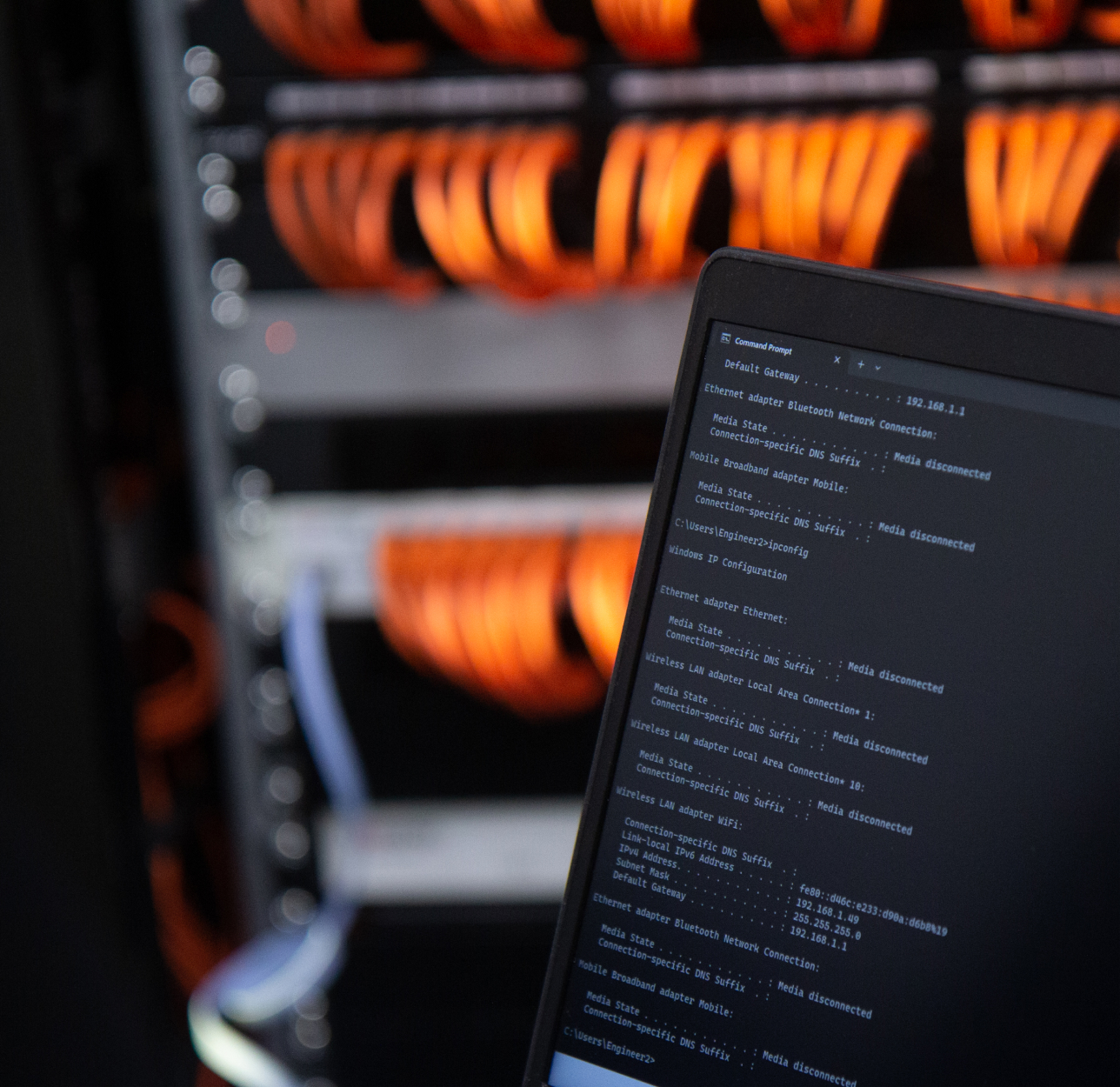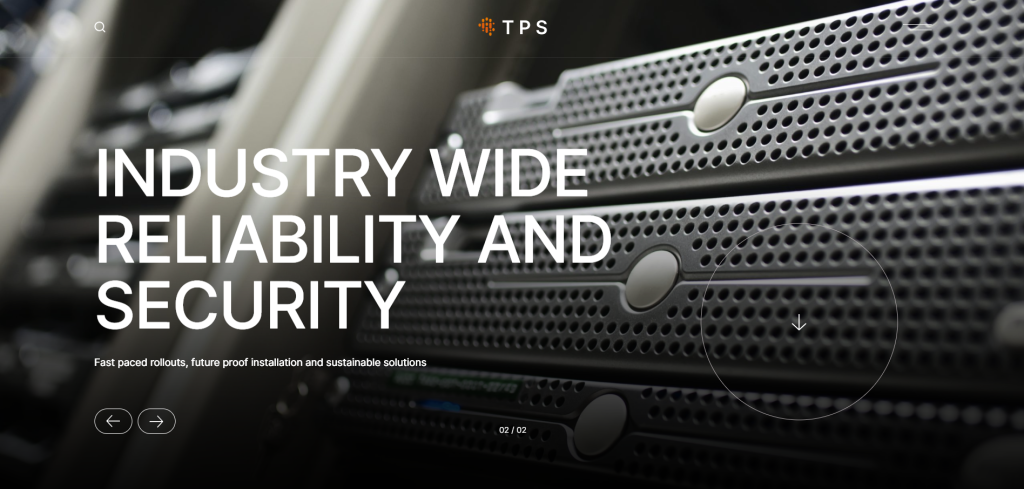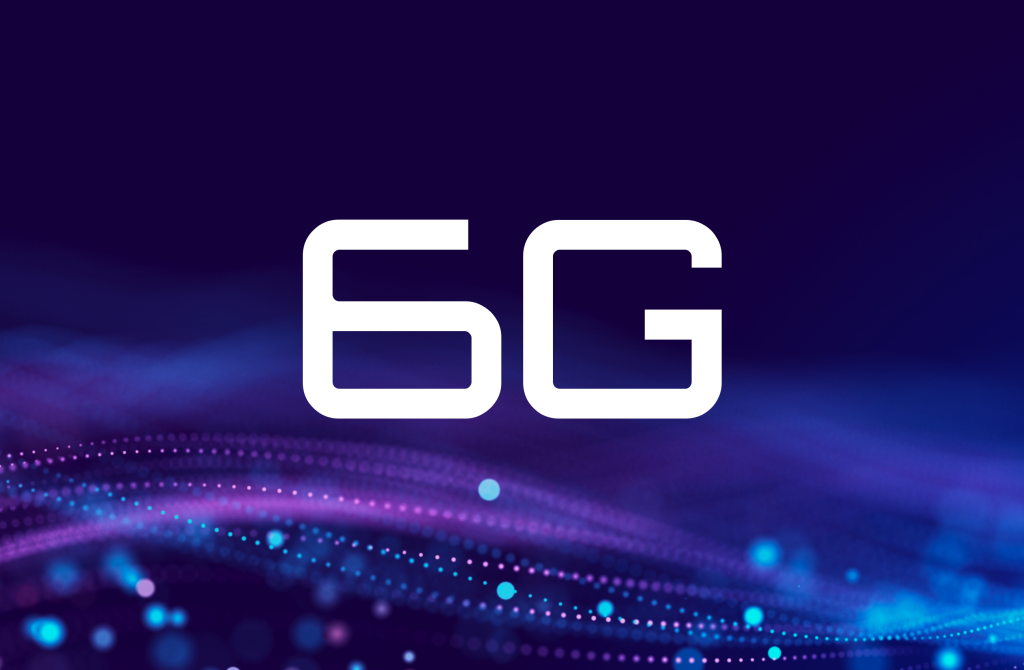IT Infrastructure Defined

Technology powers virtually every aspect of today’s business world. It connects organisations and enterprises across the globe, allowing them to communicate, not just with each other but internally too; linking employees with inhouse operations, stock and services.
It is the IT infrastructure however that forms the fundamental base from which all technology operates. Without a reliable system in place, businesses face connectivity and security issues resulting in a lack of workforce productivity and the potential for data breach. A robust and secure network infrastructure on the other hand, helps to streamline processes, optimise productivity and enhance employee performance allowing companies to achieve that much-needed competitive edge over their business rivals.
It is hardly surprising therefore that with the growth of digital transformation, an increasing number of enterprises are looking to their IT infrastructure as a critical means to drive business and achieve economic growth.
A leading supplier of IT infrastructure solutions, Technology Powered Services (TPS) has a wealth of experience designing advanced networking systems for multiple industries and sectors. We specialise in providing solutions that help clients achieve their goals; allowing them to collect real-time data, respond to market changes and support omnichannel trading platforms.
Whilst a number of businesses have already invested in solutions capable of supporting the accelerating digital era, others are still lagging behind – for some it is a case of being unsure of how or where they can improve their network, for those newer start-ups it can seem like a whole new language to try and understand.
The first of a series on the subject, this blog aims to simplify the phrase ‘IT infrastructure’ and define the varying components that create it.
What is IT (or Network) Infrastructure?
IT infrastructure is the term used for a collection of interdependent elements incorporating; hardware, software, facilities, network systems and frameworks that enable IT service delivery to a business. The term also incorporates the infrastructure that is used to help maintain a company’s digital presence.
These elements all rely on each other to perform their part of the operation. Hardware uses software, basically like an operating system to work. Likewise this operating system manages the system resources and hardware. The operating system will also make connections between the varying software applications and other physical resources using varying networking components.
IT infrastructure therefore comprises of:
1. Hardware
Hardware refers to all of the physical aspects that make up the IT infrastructure and can include the following:
- Desktop computers, laptops and POS equipment
- Servers
- Routers
- Hubs
- Switches
- Data centres
2. Software
The term ‘software’ is a generic term that incorporates the applications, scripts (instructions, data) and programs used to operate a computer and execute specific tasks. It relies on hardware to act as a host environment and enable it to perform. It can be sub-divided into two main categories; application software and system software.
Application software performs a task or fulfils a specific need, whilst system software runs a computer’s hardware and provides the platform for applications to run on top of. Other types of software include programming software (which provides the tools a software developer would need), middleware (which sits between system software and applications) and driver software (to operate computer devices and peripherals).
Software components can include the following:
- Web servers
- Operating systems (such as Windows, Linux and Mac)
- Content management systems (CMS)
- Customer relationship management (CRM)
- Enterprise resource planning (ERP)
- Security software and Next Generation Firewalls (NGFW)
- Cloud storage hosted on a remote server
- In-house applications
- Third-party applications; including Software as a Service (SaaS) and Desktop as a Service (DaaS)
3. Facilities
This refers to the space where the network cabling, hardware, data centre and servers etc are housed.
4. Network Systems
Comprising switches, routers, hubs and servers the network system connects multiple users and devices on Local Area Networks (LANs), allowing them to communicate, share and transfer data over the varying networks.
There are a number of sub-components that contribute to the network system including:
- Network appliances; firewalls, routers and switches
- Software-based firewalls and Software Defined Networking (SDN) to direct network traffic
- Application interfaces to configure the network, manage user access, network security, bandwidth allocation etc
- Web servers to connect networked activities
- Cabling for private and public internet connectivity
What are the Negative Effects of Inferior IT Infrastructure?
The negative effects of a poor network infrastructure vary, ranging from minor communication issues to catastrophic events that can ruin a business. Here are a few of the most common occurrences that can result:
System malfunctions
As your IT infrastructure supports digital operations throughout the company, a poorly performing network will lead to equipment malfunction, limited productivity, unreachable applications and an abundance of user frustration!
System crashes
System crashes can be incredibly damaging to business reputations. Depending on the length of time the operating system is offline it can mean hours or even days of lost revenue and sales.
Data Breaches
Reports of data breaches continue to dominate headlines despite the greater emphasis being placed on data security. Cyber criminals are continually finding new ways to circumvent defences, gaining access to corporate data and sensitive personal information.
This may give rise to a number of consequences including financial loss, reputational damage, operational downtime, loss of personal data and legal action. Under data protection regulations, organisations are legally bound to demonstrate they have taken all of the steps necessary to protect the personal information of any records held.
Future-Proofing IT Infrastructure Needs
With the growth in technology predicted to reach a staggering 41.6 billion connected devices by 2025* there is a growing need for all organisations to have a reliable and secure system in place that is capable of supporting both current and emerging platforms.
Without a doubt, the technological requirements placed on all organisations will increase along with the demand for a sophisticated system that can support future growth. This may simply mean an upgrade to existing infrastructure or in some cases a complete overhaul to ensure evolving needs are met.
Regardless of where any enterprise currently sits on the IT infrastructure spectrum, there are significant benefits to be gained from seeking professional help to define areas where any current or future system may be unsupported. Approaching the situation now, rather than later, can save a lot of frustration downline and ensure your business is future-proofed for what is inevitably to come.
TPS offer a comprehensive range of auditing, design and installation services that identify the infrastructure needs of your organisation and then translate these into a reliable and high-performing system capable of supporting all users, devices and applications that are linked to it.
If you would like some advice or further information on the subject, please call a member of the TPS team on 0161 660 9974 or email sales@techpoweredservices.com
TPS (Technology Powered Services) has an industry wide reputation for delivering exceptional infrastructure, connectivity and technological solutions. The company also offers a comprehensive range of Break-Fix, Testing and Maintenance services including reactive 24/7 Engineer Call-Out with guaranteed response times.
*International Data Corporation (IDC)

